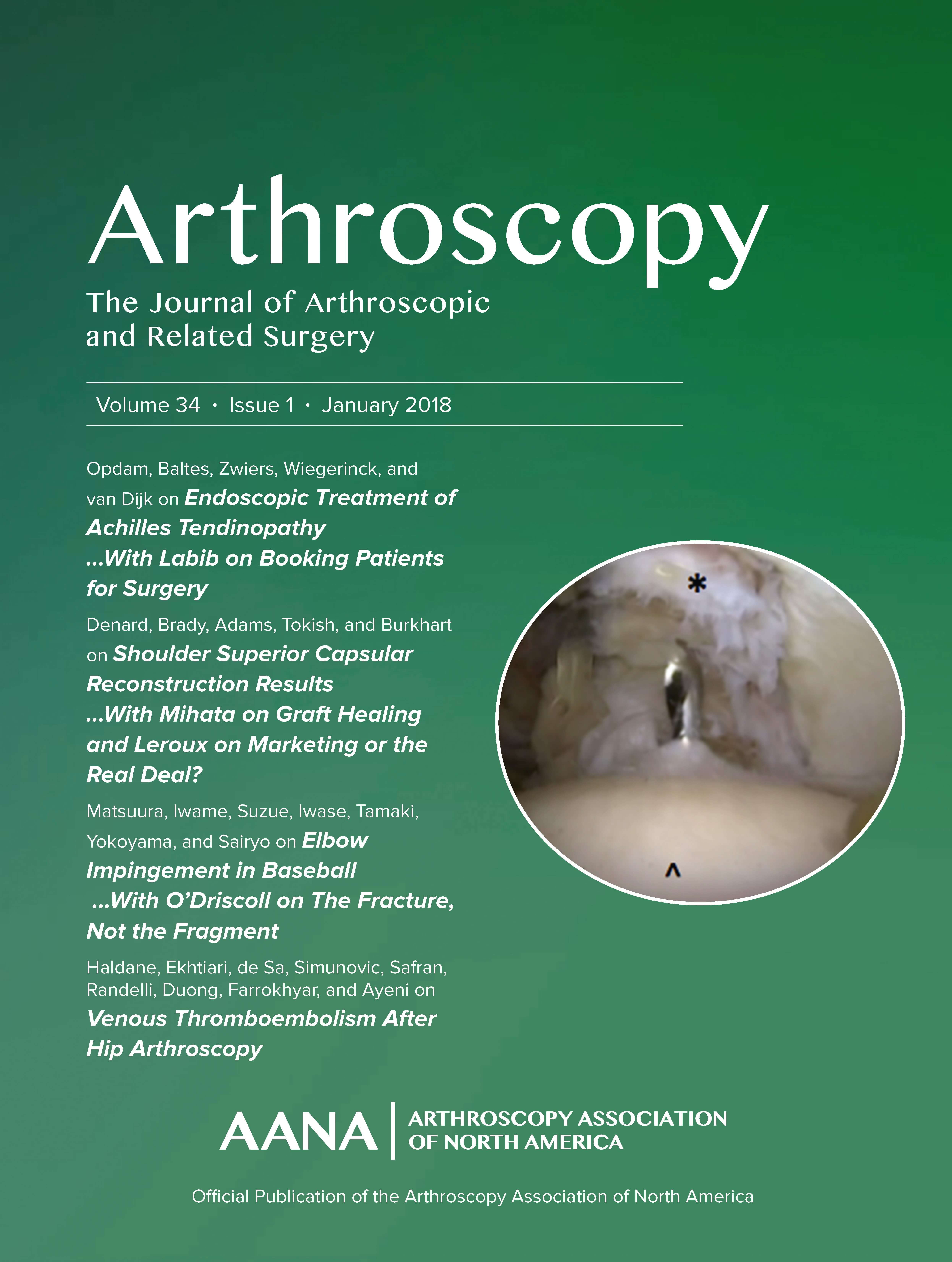
Lower rate of anterior knee discomfort with 4-strand hamstring versus patellar tendon in ACLR

Lower rate of anterior knee discomfort with 4-strand hamstring versus patellar tendon in ACLR
Outcome of Patellar Tendon Versus 4-Strand Hamstring Tendon Autografts for Anterior Cruciate Ligament Reconstruction: A Systematic Review and Meta-analysis of Prospective Randomized Trials.
Arthroscopy. 2017 Feb;33(2):450-463Synopsis
19 randomized controlled trials were included in this meta-analysis and systematic review comparing outcomes between four-strand hamstring tendon autografts and patellar tendon autografts at a minimum follow-up of 2-years after anterior cruciate ligament reconstruction. Pooled analyses demonstrated no significant differences between graft choices in re-rupture rate, objective and subjective tests ...
To view the full content, login to your account,
or start your 30-day FREE Trial today.
FREE TRIAL
LOGIN
Forgot Password?
Explore some of our unlocked ACE Reports below!

Learn about our AI Driven
High Impact Search Feature
Our AI driven High Impact metric calculates the impact an article will have by considering both the publishing journal and the content of the article itself. Built using the latest advances in natural language processing, OE High Impact predicts an article’s future number of citations better than impact factor alone.
Continue



 LOGIN
LOGIN

Join the Conversation
Please Login or Join to leave comments.